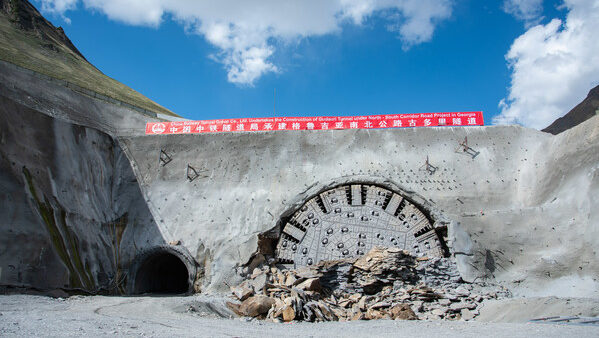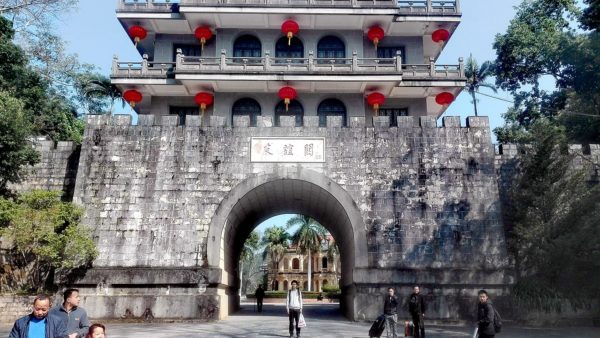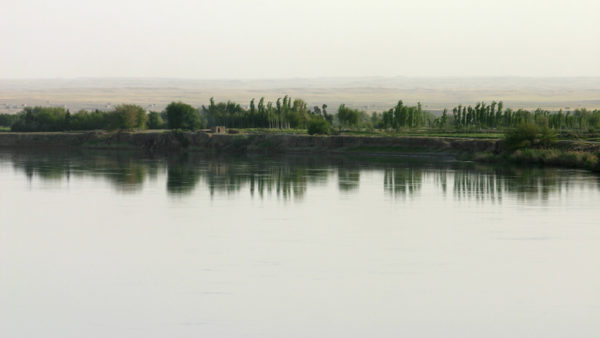Determined to become the "Kuwait of hydropower in Southeast Asia", the government of Laos will start work this year on the $2.3bn Pak Beng hydropower scheme on the Mekong River, despite opposition from environmental NGOs and local communities.
The decision was announced at a meeting of the Mekong River Commission (MRC) last week.
Pham Tuan Phan, chief executive of the commission, said in his opening speech that the MRC cared about "voices and concerns of the stakeholder groups and interested parties for the well-being of the people living in the Mekong Basin".
However he added that the MRC was also "trying our best to support the Mekong countries in meeting the needs for country development".
The government of Laos made it clear that it intended to execute the 912MW scheme. Daovong Phonekeo, an official in Laos’ Ministry of Energy, told the VOA Khmer website that his government welcomed the comments, but said the issues raised had already been addressed.
"We welcome any legitimate concerns and then we will look at the concerns," he said, but added: "What is the background of the concerns? It is legitimate or just to mention it without any explanation?"
It is expected that 25 villages in Laos and two villages in Thailand will be directly affected by construction of the Pak Beng Dam, with an estimated 6,700 people re-settled– International Rivers
The Pak Beng hydropower scheme is the third of up to 11 dams that Laos is considering for the Mekong. Viraphonh Viravong, the country’s energy minister, and the driving force behind its energy programme, has said the ultimate aim is make Laos the "Kuwait of hydropower in Southeast Asia".
Work has begun on two other projects, the $2bn 1.3GW Xayaburi, which is being built by Thai contractor CH Karnchang, and the 260MW Don Sahong, won by Malaysian firm Mega First Corporation. Both projects have sparked opposition from Cambodia and Vietnam, the countries downstream on the Mekong, as well as NGOs and community groups.  Â
A contract to build the dam was signed in August 2007 with Chinese company Datang Overseas Investment. Environmental permits were issued in 2014 and work on building roads and bridges to the work site began in 2015.
The construction of the Pak Beng barrage is expected to be complete in 2023, with first power generated in 2024.
International Rivers, an NGO that monitors dam schemes, said in a statement: "The haste to advance the Pak Beng dam prior consultation process when significant concerns regarding regional decision-making and construction of the Xayaburi and Don Sahong Dams on the lower Mekong mainstream remain outstanding further undermines the integrity of efforts to equitably and sustainably manage the Mekong Basin for the benefit of all who live along the river."
Another pressure group, Mekong Eye, issued a statement noting that "information gaps remain on critical issues", that may have "important economic and equity implications for countries and communities in the Mekong basin as well as for sustainable development in the Mekong basin".
International Rivers says the scheme threatens "a lush, mountainous area that locals rely on for riverbank farming, fishing and raising livestock. Rapids, pools, and complex riverine ecosystems make it an important habitat for fish and aquatic life. It is expected that 25 villages in Laos and two villages in Thailand will be directly affected by construction of the Pak Beng Dam, with an estimated 6,700 people re-settled."
Prior to the MRC meeting, Cambodian environmental groups asked the government to reject the project because of its possible impact on fisheries and sediment flow in the Mekong.
Image: The Mekong River: 35% of which flows through Laos (Allie Caulfield)
Further Reading:
Comments
Comments are closed.











The so called “Mekong Commissioner” and “Mekong Watch” are nothing more than little fishes that are fed and backed by american dollars by the white opposition groups.
Realistically, Xayaburi dam or Pak Beng dam are at least 1,500 miles up north from Cambodia or southern Vietnam, meaning how much of silts or fishes can be effect from 1,500 miles away, not to mention the Chinese are buildings how many dams up north of Laos and no animals are barking up to those dams up there.
On the same token of calamity, which one is more important, develop the dams for electricity for people to use and sell or villagers just keep on fishing for all of their lives there with out much developments.